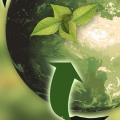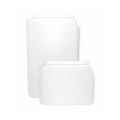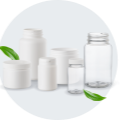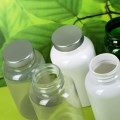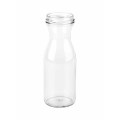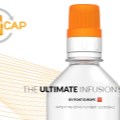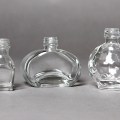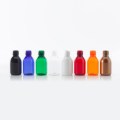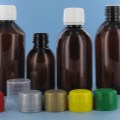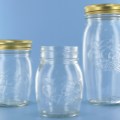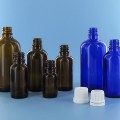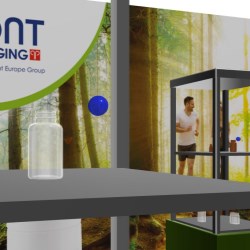Public
Pont Europe 3D Catalogue
Pont Europe Documents
Pont Europe Locations
Pont Europe News
Pont Europe Videos
If this is your company, CONTACT US to activate Packbase™ software to build your portal.
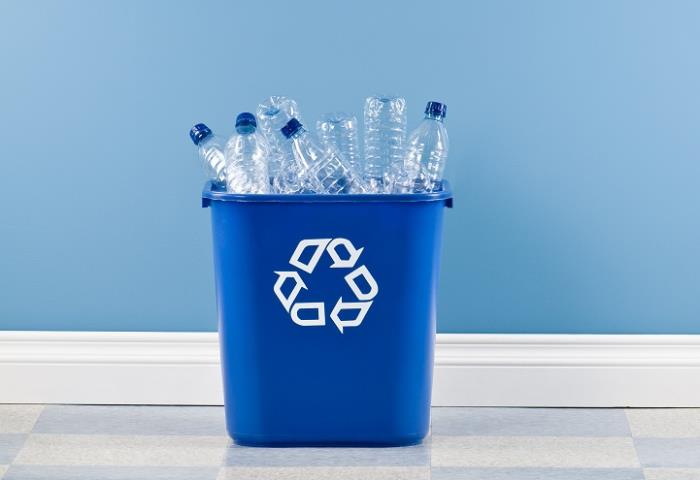

Questions from customers about recyclability of packaging are increasing due to the upcoming EU tax in 2021, for non-recycled plastic packaging material. Therefore, at Pont Packaging, we give you the necessary input to support you by answering common customer questions.
We received the following questions from sales colleagues & customers:
1. Which cap material is better for glass jars – plastic or metal?
During the sorting process of glass, metal caps are better to separate from the glass than plastic caps. So, for recycling it’s better to choose metal caps.
2. Are black coloured products simply not recyclable?
The common black colour contains Carbon black (CB). During recycling, this CB-colour can’t be detected by the sorting sensor and therefore can’t be sorted correctly for further processing. Sorting is the first step of the recycling process. If the detection fails, recycling isn’t possible.
For example a CB-black coloured HPDE container can’t be detected and will be rejected for incineration or landfill.
There are black colourants without Carbon black pigment, so called Carbon black-free (CBF) colours. They can be detected, sorted and further recycled. We are currently working on the implementation of CBF-black colours into our portfolio.
3. Is coloured and opaque PET packaging not recyclable?
Usually, these products are recyclable, but not recycled. Technically, coloured PET is recyclable. But, because there is no demand on already coloured rPET, no sales market exists for this recycled material yet and that’s why it’s usually not recycled. Once the demand for this kind of material grows, it will be recycled more in the future.
4. What is the difference between recyclable and recycled?
The recyclability of a product needs to be evaluated for the entire package. This includes all packaging components like container, caps and closures, liners, labels, sleeves, printed ink etc. which will be disposed together. It’s necessary to choose compatible components fit for recycling.
Recyclable are products, which are able to process in common recycling systems without be rejected or causing contaminations of recycling streams. The aim is, that they will end up being recycled (raw) material, which can be used for new applications or products.
Therefore, some points are relevant:
- It is necessary that the packaging be sorted correctly - e.g. PET in PET stream, PE in PE stream, etc.
- An appropriate stream needs to exist to enable recycling - e.g. PLA isn’t recycled, because there is no stream existing.
- The materials needs to be as pure as possible to avoid contamination - e.g. no unintentionally material mixtures like metal in PET stream. Or using water soluble glues for labels to avoid any effects on quality of the resulting recycled material due to the glue.
We can only design a packaging fit for recycling for the common recycling system. If a packaging is recycled in the end, can’t be said with certainty. It depends for example, if a recycling stream exists. This decision is made by national waste management authorities who decide if a packaging material is further processed or not.
Relevant points for them to decide if a recycling stream will be implemented are:
- Is there enough amount of material to recycle it economically?
- Do we have the technical possibility to recycle the material?
- Is there an existing demand/ sales market on the recycled material?
At Pont, we are committed to bringing full support and assistance to our customers in this area of sustainable packaging. From the complete existing packaging assessment to the design of the most suitable and sustainable solution, we will help you to respect the new rules and to avoid unnecessary penalties on non-sustainable packaging.




